Image
There are a lot of things that can affect the gas mileage of your car. At first glance, the wheels and tires of your vehicle may not seem like they would have an impact at all on your fuel economy. However, they directly impact the overall performance and life of the automobile and how efficiently the car performs, depending on how well they are maintained and the size of the wheels.
The short answer: yes. Tires can make a big difference in the number of miles a driver gets to a tank of gas. In fact, 20% to 30% of a vehicle’s fuel consumption and 24% of road vehicle CO2 emissions are tire-related. Tires affect vehicle fuel efficiency primarily through rolling resistance.
Rolling resistance is how the tire overcomes inertia. But there are a lot of factors involved in rolling resistance and fuel economy, such as road quality and air drag.
Image
Rolling resistance is defined as the measure of force at the axle in the direction of travel required to make a loaded tire roll. That is a technical way of saying rolling-resistance measures how much effort the vehicle must put into making the tires roll along the pavement. Tires with low rolling resistance use modern tread design and new materials to minimize the amount of gasoline or electricity required to move the car.
Image
Tires are the only material connecting a vehicle to the road. And only a small patch of each tire, called the “contact patch”, is connected to the road at any time. If tires are worn out – it not only impairs handling, but worn tires are likely to slip more on the road which requires the engine to work harder to move the vehicle forward.
A harder working engine translates to an inefficient vehicle. An overworked engine also means it uses more gas per mile than a vehicle driving on properly maintained tires.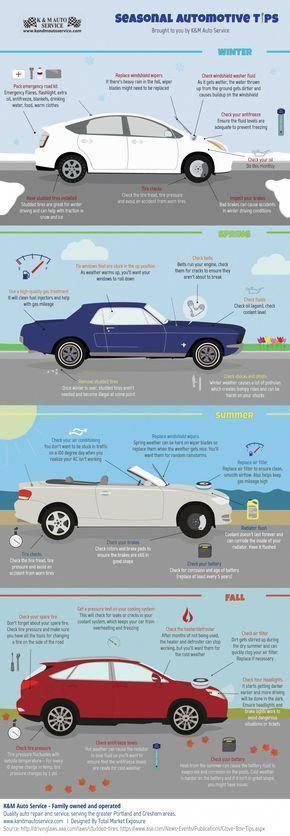
Tire treads can impact your fuel economy because 35-50 percent of the rolling resistance of a tire comes from the tire tread. Some tread compounds can reduce rolling resistance a great deal. In addition, the shallower the tread, the more fuel efficient the tire will be. So if you can achieve traction, the more fuel-efficient tires might be shallow-tread rib designs. Unlike race car drivers, who use tires with no tread because they provide less resistance and allow their vehicles to more easily achieve higher speeds, the average driver needs tread to help the vehicle easily brake when the weather is bad. Use the proper type of tire for the type of driving. For instance, using chunky tires suited for off-roading for urban driving will significantly decreasing fuel efficiency.
Be mindful that as a tire loses treadwear, its performance decreases – especially in the rain and snow.
Image
Larger tires decrease your fuel economy because they are heavier, while smaller tires increase fuel efficiency.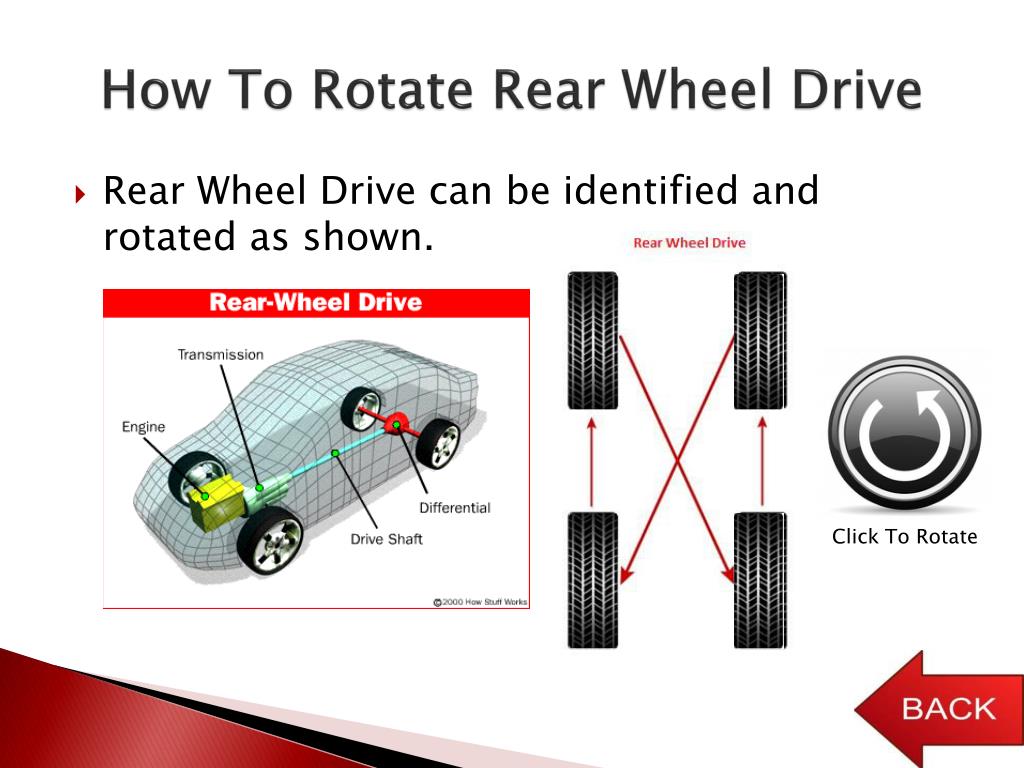 Bigger tires also have a higher rolling resistance than smaller tires which means they require more resistance and effort to get them rolling. So, in stop-start traffic the smaller tire would be the better option because less power is needed so it will get better mileage. However, for freeway driving at high speeds, having larger tires can help increase the vehicle’s fuel efficiency. Is this because while it is easier to get a smaller wheel and tire moving than a larger one, once moving, the engine works harder to make the smaller wheel cover the same distance as a larger one. So, for better fuel economy when cruising, the larger wheel would be better.
Bigger tires also have a higher rolling resistance than smaller tires which means they require more resistance and effort to get them rolling. So, in stop-start traffic the smaller tire would be the better option because less power is needed so it will get better mileage. However, for freeway driving at high speeds, having larger tires can help increase the vehicle’s fuel efficiency. Is this because while it is easier to get a smaller wheel and tire moving than a larger one, once moving, the engine works harder to make the smaller wheel cover the same distance as a larger one. So, for better fuel economy when cruising, the larger wheel would be better.
However, there’s also weight to take into consideration. Some good advice on tire size and weight is for every inch you add in wheel size, compensate by reducing the height of the sidewall. Keep in mind that this will also affect your load capacity, or how much weight the tire can carry.
One of the easiest ways to improve fuel economy is to make certain tires are properly inflated.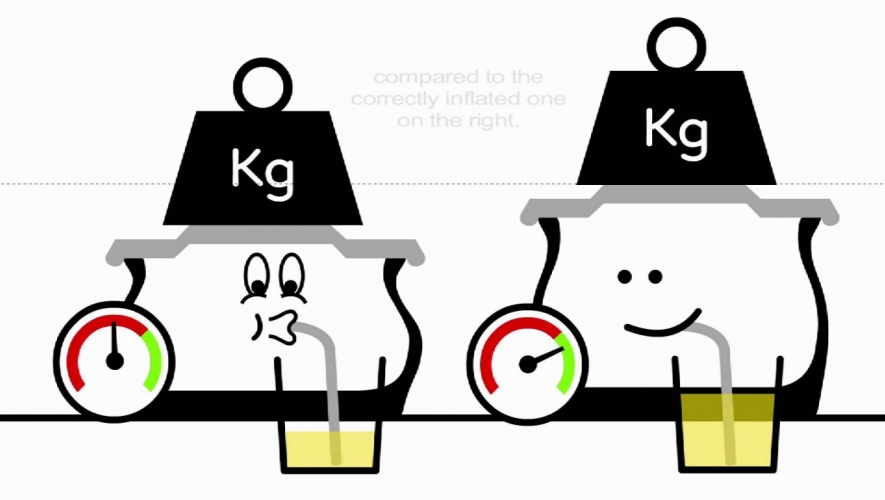 A tire that is 20 percent underinflated can increase a vehicle’s fuel consumption by 10 percent because it provides more resistance, causing your car to expend more effort to get going. Tires with low air pressure will also cause the rubber to bulge where it meets the pavement and create more driving friction (more tire surface meeting the road). Since the weight of the vehicle is not properly supported, this also will put additional strain on the engine. Underinflation also increases the rate of wear on tires and are estimated to cause as many as 10 to 25 percent of blowouts
A tire that is 20 percent underinflated can increase a vehicle’s fuel consumption by 10 percent because it provides more resistance, causing your car to expend more effort to get going. Tires with low air pressure will also cause the rubber to bulge where it meets the pavement and create more driving friction (more tire surface meeting the road). Since the weight of the vehicle is not properly supported, this also will put additional strain on the engine. Underinflation also increases the rate of wear on tires and are estimated to cause as many as 10 to 25 percent of blowouts
Image
In contrast. overinflation of tires can also be dangerous. It can seriously alter the contact patch, reducing the tire’s grip and performance. Overinflation can also place undue stress on the tire, shortening its life span.
Image
To get the best gas mileage, make a habit of checking your tire pressure once a month. Studies show that 42 percent of drivers are unable to identify low tire pressure in their vehicles.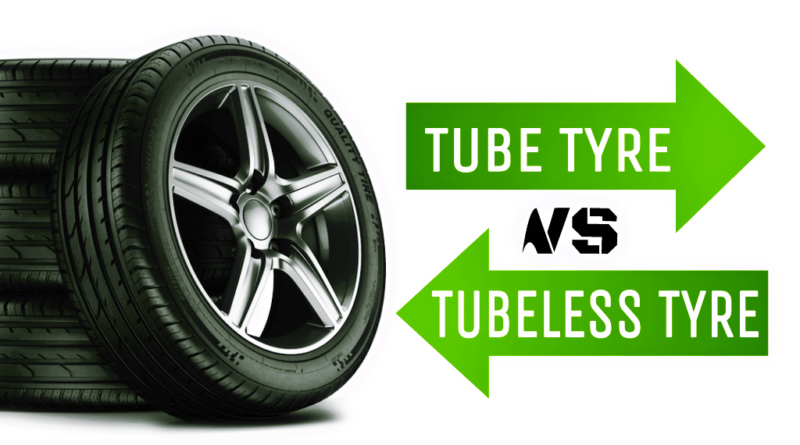 By checking your tire’s air pressure regularly, you can ensure that the recommended psi is maintained for optimum performance. Relying solely on the tire pressure monitoring system is not recommended as it will usually provide an alert only when the air pressure reaches 25 percent below where it’s supposed to be.
By checking your tire’s air pressure regularly, you can ensure that the recommended psi is maintained for optimum performance. Relying solely on the tire pressure monitoring system is not recommended as it will usually provide an alert only when the air pressure reaches 25 percent below where it’s supposed to be.
There are many claims that nitrogen-filled tires enhance a vehicle’s handling and extends the life of the tires. The claims sound impressive, but are they true? Well, yes….and no.
Airing up tires with nitrogen won’t enhance a vehicle’s performance such as improving ride, handling, or braking. While the air we breathe and tend to fill our tires with is primarily composed of nitrogen anyway (78 percent nitrogen, 21 percent oxygen, and traces of carbon dioxide, water vapor, and noble gases such as neon and argon), pure nitrogen affects tires differently, and can have some advantages.
The main advantage of filling tires with nitrogen over regular compressed air is its ability to maintain proper tire pressure better than regular air, which is key in maintaining traction between the vehicle and the street.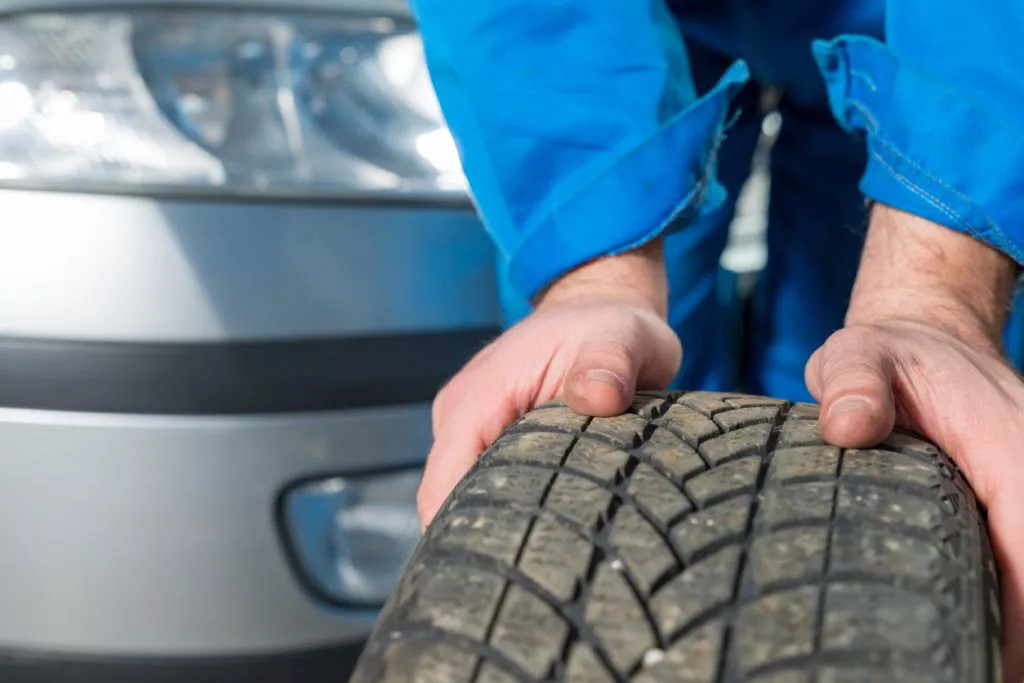 Nitrogen reduces the temperature swing’s effect on tire pressure as it isn’t as susceptible to temperature changes as oxygen. Since the molecules that comprise nitrogen’s chemical structure are larger than oxygen’s molecules, nitrogen is less likely to seep through rubber, the prime culprit for deflated tires. Nitrogen-filled tires less susceptibility to temperature swings, is also partly because air has water vapor in it (humidity), and humid air is also more susceptible to pressure changes as a result of temperature. These factors help nitrogen keep the tire pressure more stable over the long term under a wide variety of temperatures and vehicle speeds, and might also extend the life of tires.
Nitrogen reduces the temperature swing’s effect on tire pressure as it isn’t as susceptible to temperature changes as oxygen. Since the molecules that comprise nitrogen’s chemical structure are larger than oxygen’s molecules, nitrogen is less likely to seep through rubber, the prime culprit for deflated tires. Nitrogen-filled tires less susceptibility to temperature swings, is also partly because air has water vapor in it (humidity), and humid air is also more susceptible to pressure changes as a result of temperature. These factors help nitrogen keep the tire pressure more stable over the long term under a wide variety of temperatures and vehicle speeds, and might also extend the life of tires.
Water vapor produced by oxygen in air can have a corrosive effect on certain components of the tire, such as the sensors used by tire pressure monitoring systems. The corrosion can cause the sensors to wear out faster. Pure nitrogen is an inert gas that doesn’t react to other substances, and therefore has no water vapor that can corrode the components of the tire.
The increments in pressure change due to temperature fluctuations in regular air is relatively small because air is 78 percent nitrogen. In addition, most auto parts are made to be non-corrosive in the long term. These reasons, combined with regular air being cheaper and more accessible than nitrogen (which can cost more than $5 per tire to inflate and be difficult to find), there is not enough of a meaningful difference to justify the extra expense and effort of filling with nitrogen for the average driver. Keeping tires properly pressurized is far more important than what air is used to fill them.
WheelsImage
If you still think your vehicle could be more fuel efficient after all these steps, consider customizing your wheels. Most wheels are made of steel, but depending on the weight of your vehicle, you may be able to opt for a lighter alloy wheel. This could decrease the weight of your vehicle and, thus, minimize your car’s resistance. However, be aware that this may affect the types of tires you can buy for your car. If it forces you to get wider tires, you will be trading off some fuel efficiency.
However, be aware that this may affect the types of tires you can buy for your car. If it forces you to get wider tires, you will be trading off some fuel efficiency.
Image
While the type of tires and wheels can impact gas mileage, proper alignment can also affect a vehicle’s performance. If the alignment is off, it makes the car work harder when you are steering, which means it uses more gas. Regularly take your car in to check the alignment and to have the tires rotated. It is also a good idea to have your shocks or struts checked for excessive wear or damage. Their failure can quickly lead to uneven tire wear.
There are a lot of things that can affect the gas mileage of your car. At first glance, the wheels and tires of your vehicle may not seem like they would have an impact at all on your fuel economy. However, they do play a role in how efficiently your car performs, depending on how well they are maintained and the size of your wheel.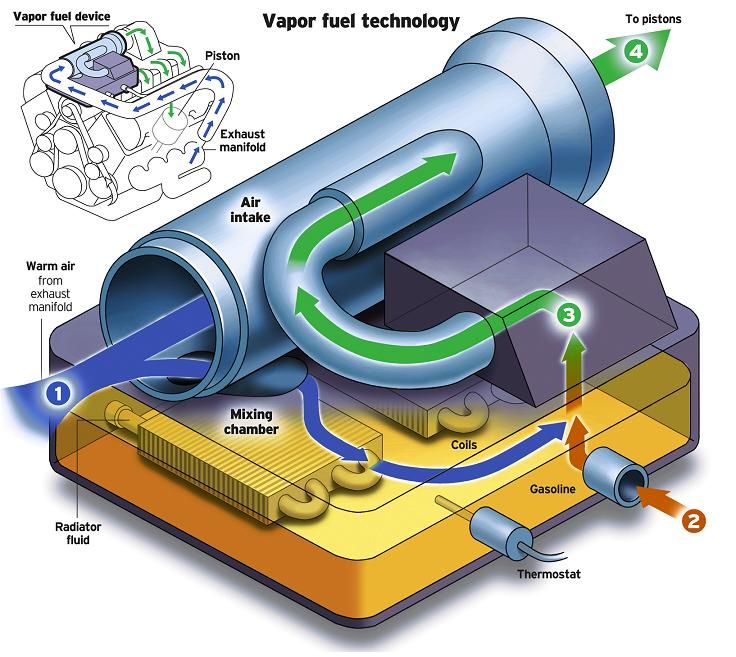
(Pixabay / flok85)
For example, larger tires decrease your fuel economy because they are heavier, while smaller tires increase fuel efficiency. Bigger tires also have a higher rolling resistance than smaller tires which means they require more resistance and effort to get them rolling. However, if you do a lot of freeway driving at high speeds, having larger tires can help increase your vehicle’s fuel efficiency.
Another thing that can affect the fuel economy of your car is the air pressure in your tires. If the air pressure in your tires is low, it provides more resistance, causing your car to expend more effort to get going. Luckily, this problem is well within your control to fix. If you check the air pressure in your tires regularly, you can ensure that you maintain the recommended psi for optimum performance.
Don’t rely solely on your tire pressure monitoring system to do the work, as it will usually only let you know when the air in your tire reaches 25 percent below where it’s supposed to be.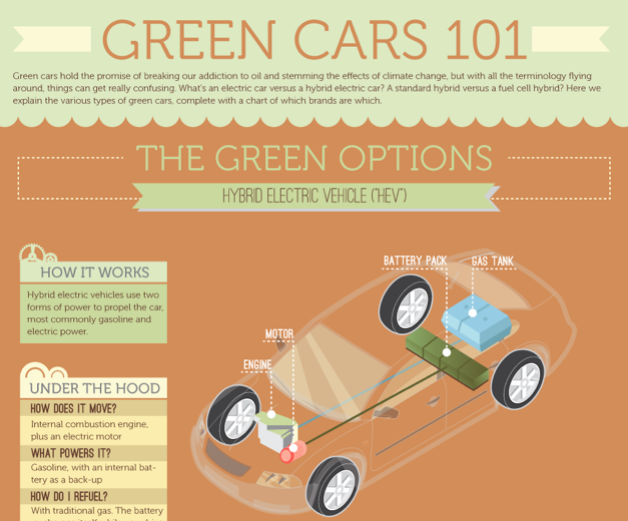 If you want your car to get the best gas mileage it can, make a habit of checking your tire pressure once a month.
If you want your car to get the best gas mileage it can, make a habit of checking your tire pressure once a month.
Tire treads can also impact your fuel economy. There’s a reason that race car drivers use tires with no tread. They provide less resistance and allow their vehicles to more easily ascend to higher speeds. Unlike race car drivers, however, we need tread on our vehicles to help our cars easily brake when the weather is bad. If you are using chunky tires that are suited for off-roading, but you don’t regularly drive off-road, you may be significantly decreasing your fuel efficiency. The solution is to purchase street tires for your vehicle so that your car doesn’t do as much work.
If your tires are small, have good tread, and you check your air pressure regularly, but you still think your vehicle could be more fuel efficient, you can customize your wheels. Most wheels are made of steel, but depending on the weight of your vehicle, you may be able to opt for a lighter alloy wheel.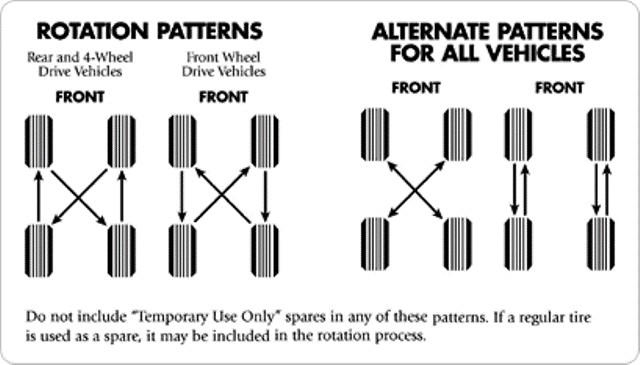 This could decrease the weight of your vehicle and, thus, minimize your car’s resistance. However, be aware that this may affect the types of tires you can buy for your car. If it forces you to get wider tires, you will be trading off some fuel efficiency.
This could decrease the weight of your vehicle and, thus, minimize your car’s resistance. However, be aware that this may affect the types of tires you can buy for your car. If it forces you to get wider tires, you will be trading off some fuel efficiency.
While the type of tires and wheels can impact your car’s gas mileage, your alignment can also affect your vehicle’s performance. If your alignment is off, it makes your car work harder when you are steering your vehicle, which means it uses more gas. So, make sure you are taking your car in on time to make sure your alignment is correct.
With a combination of making good tire choices and performing the proper maintenance on your vehicle, you can make your car more fuel-efficient. Not only will this help you save money on gas, but it can also help lower your carbon footprint, which is a win-win for you and the environment.
snowhod-rybinsk. ru
In this case, the next time you buy new tires, you should remember that the right tire can help save significant money on gas stations.
Maxim Stroker
Saving a liter or two for every 100 kilometers will allow the right approach to the selection and operation of tires. The level of fuel consumption, among other factors, is significantly affected by the rolling resistance of the wheel. It depends on a number of parameters.
One of them is tire pressure. It is known that a large amount of energy is spent on mechanical deformation of the wheel during rolling. The less it is inflated, the more it collapses when moving. Conclusion: to save fuel, the wheel should be pumped slightly. This does not have the best effect on its shock-absorbing properties, accelerating the wear of the suspension elements and significantly reducing the comfort of the cabin occupants. Pumped-over wheels "cling" to the road worse - with all the ensuing consequences for the car's handling and safety.
Energy losses due to mechanical deformations of the wheel are also affected by the characteristics of its material. The more “oak” and less elastic the rubber compound is used to create a particular tire model, the less it is prone to deformation. This effect, by the way, is widely used by wheel manufacturers when creating so-called "energy-saving tires". In real life, their use affects the handling of the car in much the same way as excess tire pressure. Although advertising "energy-saving" rubber, of course, does not mention this.
As far as the tread pattern is concerned, the less "toothy" it is, the lower its contribution to rolling resistance and excessive fuel consumption.
Tire width is one of the most important factors affecting rolling resistance. Among other things, its increase also increases the mass of the wheel in the most significant way, since it also entails an increase in the width and rim. This results in additional power consumption of the motor. The narrower the tire, the less, ultimately, the fuel loss attributable to it. According to data from various sources, by reducing the tire width index R16 from 265 to 185, it is possible, ceteris paribus, to obtain fuel savings of 1-2 liters per 100 kilometers.
As for the influence of the wheel radius itself on the amount of rolling resistance, in the general case - with constant uniform movement - the larger the radius, the lower the rolling friction loss. But cars drive like this only on suburban highways. When starting from a standstill, it is easier for the motor to spin a wheel of a smaller radius, spending on this, respectively, a smaller amount of energy and fuel. Therefore, if a car drives mainly around the city with frequent acceleration and deceleration, then it is more profitable from the point of view of economy to use tires of the smallest possible size. And if the passenger car spends most of its time on country roads, it is worth stopping at the wheels of the maximum radius allowed by the manufacturer's specification.
We get acquainted with the Great Korean crossover, who survived restyling
80032
9000 Avtovzglyad channel:
gas stations, gasoline, fuel prices, summer tires, tires, winter tires, diesel fuel
Many car owners are wondering if the quality, width and other parameters of summer and winter tires affect fuel consumption in a car?
Answer: The tires installed have a direct impact on the fuel consumption of the car.
The first related element to fuel consumption is the rolling resistance of a tire in contact with the road surface. Thus, it can be concluded that insufficient tire pressure, large tire width and uneven, for example, unpaved road surface are some of the circumstances that increase fuel consumption.
The tire uses more energy for rolling resistance, which is generated from the heat generated by the vehicle. That is why the minimum rolling resistance allows you to optimize fuel consumption.
In addition to technical reasons, an increase in fuel consumption can be directly affected by temperature conditions. It is at extremely high and extremely low temperatures that the composition of the rubber compound of a tire changes its elasticity and properties. The set of tires installed in this way interacts with the environment in a different way, which can affect the fuel consumption of the car. The optimum temperature for summer tires is 25 degrees Celsius. It is with these indicators that most tires show the most efficient operation. To reduce fuel consumption, it is recommended to take lighter tires, the rubber composition of which is recommended for light speeds and sports cars. It is this rubber that will reduce the overall specific weight of the car and slightly reduce consumption.
Hankook Hankook i*Cept W616 in stock
Diameters: R14, R15, R16, R17, R18, R19
Prices: from 6,150 to 23,184 rubles.
Hankook Winter I*Pike RW11 in stock
Diameters: R16, R17, R18, R19, R20
Maxxis MA-S2 in stock
Diameters: R17, R20
Maxxis Premitra HP5 in stock
Diameters: R15, R16, R17, R18
Prices: from 5,272 to 12,600 rubles.
Tire stiffness also directly affects fuel consumption. The increased rigidity of the rubber does not allow the tires to deform, which significantly reduces rolling resistance and allows the tire to interact optimally with any type of road surface.